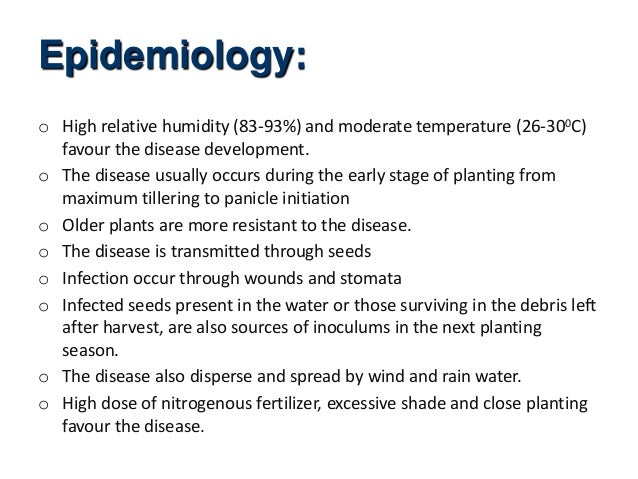
Related World Wide Web sites: The following sites provide additional information on this news release. Lazarowitz, Cornell professor of plant pathology and Xiaoyan Tang, Kansas State University. Delaney, Cornell assistant professor of plant pathology Sondra G. Chatterjee, University of Missouri Terrence P. Alfano, University of Nebraska-Lincoln Arun K. Other researchers involved in the sequencing research were James R. syringae, Martin, a member of the sequencing team, and other researchers are now exploring how pathogens adapt to plant defenses. Using information from the sequencing of P. Over time, however, variants of the pathogen have arisen that can evade detection. The gene, Pto, enables tomato plants to recognize P. Gregory Martin, Cornell professor of plant pathology and a scientist at the Boyce Thompson Institute for Plant Research (an independent research facility on Cornell's campus), and Steven Tanksley, Cornell professor of plant breeding, cloned the first such resistance gene in 1993. Natural resistance genes have been bred into certain tomato plants to control the disease. In the years before 1977, growers had sprayed a copper-based pesticide to ward off bacterial speck, but the pathogen became resistant to the copper, rendering the pesticide virtually useless. Zitter, Cornell professor of plant pathology. Cool, moist environmental conditions contributed to the development of the disease, and it had established itself as a major problem, according to Thomas A. In 1977-78 the bacteria caused serious losses to the winter tomato crop in southern Florida. It produces black lesions, often with a discrete yellow halo that can appear on the plant leaves and cause them to curl. syringae is a major agricultural pathogen, causing bacterial speck on tomatoes. Department of Agriculture's (USDA) Agricultural Research Service. Many bacteria that are animal and plant pathogens - including the plague bacterium Yesinia pestis - inject virulence proteins into healthy host cells using what is called a "type III secretion system." The researchers discovered the genes encoding more than 35 injected-virulence proteins, more than for any other known pathogen, through collaboration with Cornell Theory Center computational biologists Samuel Cartinhour and David Schneider of the U.S.

Robin Buell, a biologist with TIGR, directed the complete sequencing of the genome. The project was funded by the National Science Foundation Plant Genome Research Program.

It puts all of the pieces on the table, it shows us that many parts of the puzzle are the same for plant and animal pathogens, and it enables scientists to put the pieces together more efficiently." The genome reveals how complex the jigsaw puzzle of pathogenesis is.

" Pseudomonas syringae (pronounced soo-dough-MOAN-iss seer-INN-gee) has become a premier model for studying plant diseases. "Understanding this genome connects us to a larger world of bacterial pathogens," says Collmer. Comparisons of the genomes, he says, will help researchers understand how these bacteria have adapted to their hosts and could reveal weak points to target with new therapies. aeruginosa, a bacterial cousin blamed for chronic and fatal lung infections in cystic fibrosis patients and acute infections of cancer and burn patients, says Collmer, who is principal investigator on the project. syringae genome will be particularly helpful to scientists studying P. 18) by scientists from Cornell and The Institute for Genomic Research (TIGR) in the Proceedings of the National Academy of Science (PNAS Online Early Edition). The sequencing of Pseudomonas syringae (strain DC3000) is reported on the Web today (Aug. And environmentalists could be provided with a new tool in understanding how another related bacterium can live in soil and dine on toxic waste.

Medical researchers could be aided in comparing a related bacterium that causes fatal lung infections in cystic fibrosis patients. The complete genome sequence of a leading bacterial plant pathogen offers new ways to stave off agricultural loss and perhaps foil animal or human infection, says a Cornell University researcher.Īccording to Alan Collmer, Cornell professor of plant pathology, the sequencing (that is, determining the base sequence of each of the ordered DNA fragments in the genome) could help farmers repress tomato speck and other plant diseases.


 0 kommentar(er)
0 kommentar(er)
